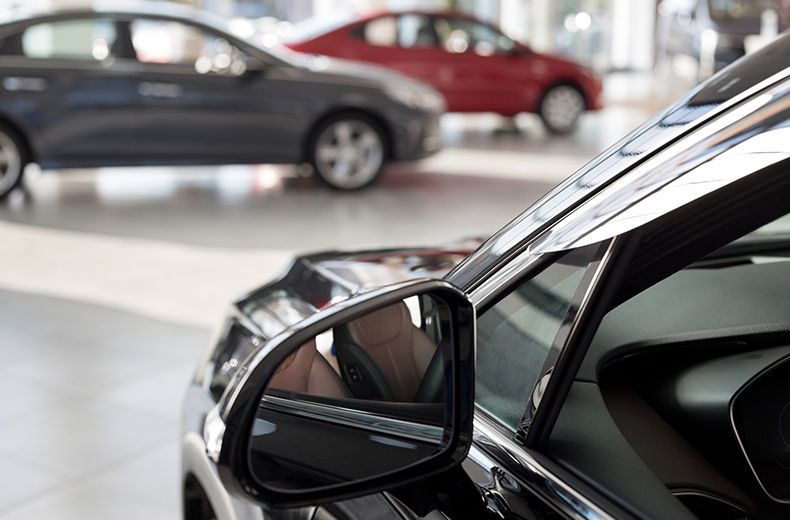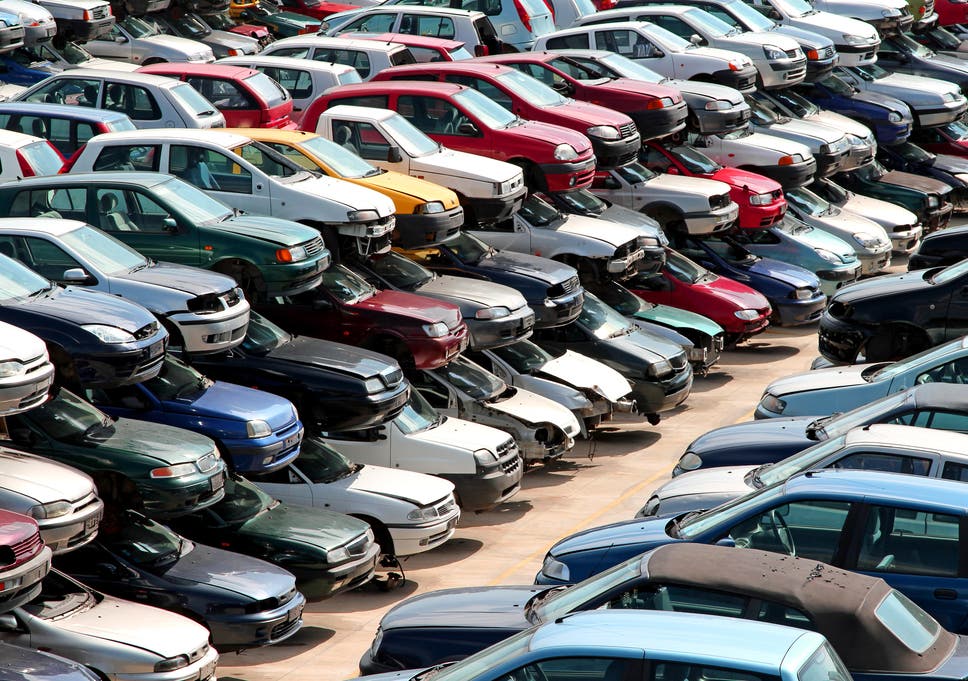
If you are one of my Special Needs students, please ask someone to help you read this. Or please phone me between 10am and 1pm any day if you need me to help you.
At 5pm today, all driving instructors in the UK received the following email from the Driver & Vehicle Standards Agency (DVSA)
The take-home message is that all driving tests are further suspended and are not being automatically rebooked.
When tests restart, you and I together will need to go online and rebook
Message follows:
Driver & Vehicle Standards Agency
Dear
I wrote to you on 22 April 2020 to set out the steps that the Driver and Vehicle Standards Agency (DVSA) has taken to help slow the spread of coronavirus (COVID-19), and what support the government has put in place for you.
I now want to update you on the planning we’re doing to help return to life that is as close to normal as possible, as quickly and fairly as possible, in a way that avoids a second peak of infections.
The plan to rebuild: the UK government’s COVID-19 recovery strategy
On 11 May 2020, the government published its COVID-19 recovery strategy which:
sets out the progress the UK has made to date in tackling the coronavirus outbreak
explains the plans for moving to the next phase of the response to the virus
Our priority remains to protect the public and save lives. That’s why any easing of measures must meet the government’s 5 tests. These are:
Protect the NHS’s ability to cope.
A sustained and consistent fall in the daily death rates from COVID-19.
Reliable data showing that the rate of infection is decreasing to manageable levels across the board.
Be confident that the range of operational challenges, including testing capacity and PPE, are in hand, with supply able to meet future demand.
Be confident that any adjustments to the current measures will not risk a second peak of infections that overwhelms the NHS.
Driving instruction and driving tests
Other than emergency training and tests for critical workers, driving instruction and driving tests have not yet been able to restart because the risk of transmission of the virus in vehicles is higher.
In his statement on 10 June, the Prime Minister reiterated that the government will remain cautious and measure the effect of the changes it makes. The Prime Minister explained this means moving slower than we’d have liked in some areas.
Driving instruction and tests will only restart when the government is confident that the assessment of risk warrants it, subject to the 5 tests and further detailed scientific advice.
In the meantime, I want to re-emphasise that you should continue to limit driving lessons to critical workers who are preparing for an emergency driving test.
Once again, I would like to thank those of you who have been able to offer driving lessons to critical workers during these unprecedented times.
We will, of course, share more information with you as soon as it’s available – including the dates that driving instruction and driving tests can restart.
Planning to restart our services
Teams across DVSA have been working extremely hard over the past few months to make sure we’re in the best possible position to restart our services as soon as it’s safe to do so.
Our priority is to make sure that you, your pupils and our staff stay safe.
The work is split into these main areas:
preparing guidance for driving examiners on carrying out driving tests
making sure our driving test centres are ready to reopen
making sure we have PPE in place
understanding which driving examiners might not be able to return to testing straight away
planning driving test schedules so that anyone who had a test cancelled because of coronavirus is considered a priority
understanding how the situation might be different in England, Scotland and Wales
I want to explain what each of these involves in a little more detail.
Preparing guidance for driving examiners
We are reviewing and updating the guidance for driving examiners about carrying out driving tests. This includes things like the PPE they need to wear, greeting candidates and cleaning equipment such as sat navs and tablets.
We’re also working hard to make sure we’ll be able to quickly help the NHS Test and Trace service (Test and Protect in Scotland, and Test, Trace, Protect in Wales) should a driving test candidate or driving examiner develop symptoms in the days after a test.
Making sure driving test centres are ready to reopen
Some of our driving test centres have now been closed for 12 weeks. We need to make sure they’re thoroughly checked before we can reopen them.
As just one example, we need to make sure the hot and cold water systems are free from legionella bacteria (which causes Legionnaires’ disease).
Many of the contractors that we rely on to do this work also put their services on hold during the lockdown. We’re busy working with them to get our test centre network safe and ready.
Making sure we have PPE in place
To help keep you, your pupils and driving examiners stay safe, we’ve ordered PPE for all driving examiners. This includes face coverings and gloves.
Since the start of pandemic, there has been a high demand for this type of equipment. Like many organisations, we’ve had to wait for supplies to become available.
Understanding which driving examiners will be available
As you’ll appreciate, some of our driving examiners are either clinically vulnerable from coronavirus, or extremely vulnerable. Others might live with or care for people in those groups.
We’ve been working with all our driving examiners to find out more about their situation so we know how many will be able to return to carrying out driving tests as soon as we’re able.
Planning driving test schedules
When we suspended driving tests, we rescheduled all your pupils’ driving tests to a named date and time.
But we now have 3 issues to think about:
rescheduled dates might not be suitable for you and your pupils, as situations may have changed
not all driving examiners will be available
social distancing measures might limit the number of tests we can carry out
This means we need to think about the best way to make sure your pupils can take their test at a convenient time, in a way that’s fair to everyone.
The fairest way we can do this is to put all the rescheduled tests ‘on hold’.
This means the test will no longer go ahead on the originally rescheduled date.
We will then ask people in the backlog to go online and choose their preferred date and time. We’ll invite them to do this in batches, based on when their test should have originally taken place.
We will contact you before we start this process, so you can make your pupils aware of what’s happening. We will also contact them directly with more information.
We are also planning how we can continue to help critical workers to get a test as a priority throughout this process.
Understanding how differences in England, Scotland and Wales might affect us
As you will be aware, public health is the responsibility of the devolved governments in Scotland and Wales. This means that there are currently different lockdown rules in place for England, Scotland and Wales.
We are talking to the devolved administrations about how this might affect us restarting our services in Scotland and Wales
















